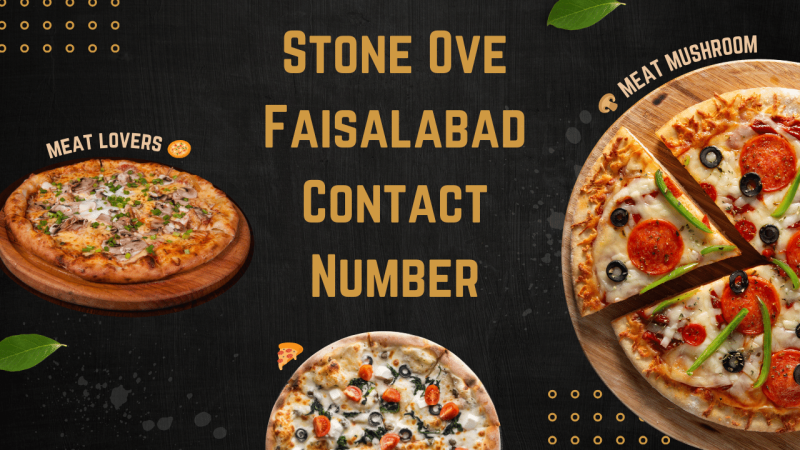The Art of Branding: How Strong Business Identity Drives Sales

In business, branding serves as the linchpin that differentiates success from obscurity. Your brand identity is more than just a logo or a tagline; it’s the narrative that unfolds your business’s essence to the world. It’s a compelling tale of values, vision, and promises that, when skillfully crafted, wields the power to captivate and convert. Today, we delve into the art of branding, exploring how a robust business identity has the potential to propel your enterprise to new heights, ensuring it doesn’t just survive but thrives in an ever-evolving marketplace.
Building a Strong Brand Identity
Consistency in maintaining a uniform brand image across touchpoints, including messaging, visuals, and overall brand personality, is key to establishing trust and recognition with your audience. Defining a distinct brand personality, whether professional, casual, innovative, or traditional, influences how consumers relate to your products and services. Equally important is crafting a Unique Value Proposition, which sets your business apart and communicates the benefits you offer, guiding customers in choosing your brand over competitors and ultimately driving sales.
Visual Branding Elements
The logo serves as your visual signature, acting as a symbol that represents your business and should be memorable and easily recognizable. The choice of colors in your branding can convey emotions and associations, impacting how customers perceive your brand. Typography, too, plays a significant role in reflecting your brand’s personality, as different fonts can evoke distinct feelings. Together, these visual components work harmoniously to create a cohesive and visually appealing brand identity that leaves a lasting impression on your audience, influencing their purchasing decisions and overall brand loyalty.
Communicating Tales with Brands
Creating an engaging brand identity requires carefully crafting your brand story. Your audience will be able to relate to your brand more deeply because of the context this narrative offers. Your brand narrative should be genuine and compelling on an emotional level to establish a deep bond with your target audience. The integration of brand values in your story demonstrates your commitment to principles that resonate with your target audience. Building these emotional connections through storytelling not only makes your brand more relatable but also fosters a sense of trust and loyalty among consumers, ultimately driving sales and long-term brand success.
Brand Communication
Effective brand communication is at the heart of connecting with your audience and influencing their buying decisions. To convey your brand’s message, it’s essential to choose the right channels and strategies, and one effective digital avenue is PPC Advertising for businesses, which allows you to reach potential customers through targeted ads on search engines and social media platforms. By crafting compelling ad copy and selecting relevant keywords, you can attract potential buyers and direct them to your website. Strategic use of advertising can greatly improve your brand’s visibility, raising brand awareness and eventually boosting sales. It’s a powerful tool in your brand communication arsenal.
Brand Reputation and Trust
Establishing and preserving a solid brand reputation is essential to gaining your audience’s trust. Your reputation is shaped by the collective experiences and perceptions of customers, making it a valuable asset. You may establish a strong brand image by continuously providing high-quality items and outstanding customer service. Managing brand reputation involves promptly addressing any negative feedback and resolving issues transparently. Customer endorsements and reviews are also essential for building trust since they offer social proof of the worth and dependability of your business. A solid brand reputation enhances consumer confidence, resulting in increased loyalty, word-of-mouth recommendations, and, ultimately, greater sales.
Brand Evolution and Adaptation
Staying relevant in an ever-changing business landscape necessitates a brand’s ability to evolve and adapt. As consumer preferences and market dynamics evolve, a brand must adjust its strategies and offerings accordingly. Rebranding, when carefully considered, can breathe new life into a brand, aligning it with contemporary trends and expectations. Timing is key, and rebranding should be executed thoughtfully to retain existing customers while attracting new ones. Nurturing brand loyalty is a continuous process, and understanding when and how to adapt is pivotal in maintaining a competitive edge and ensuring sustained growth in sales and market presence.
Conclusion
Your brand, when authentically crafted and consistently communicated, becomes a trusty companion on your journey to success. It forms the bridge between your offerings and the desires of your audience, fostering lasting connections and loyalty. Remember, as you navigate the intricacies of branding, your ability to evolve and adapt is paramount. In this dynamic landscape, a strong business identity will not only drive sales but also secure your position in the hearts and minds of your customers, paving the way for continued growth and influence.





